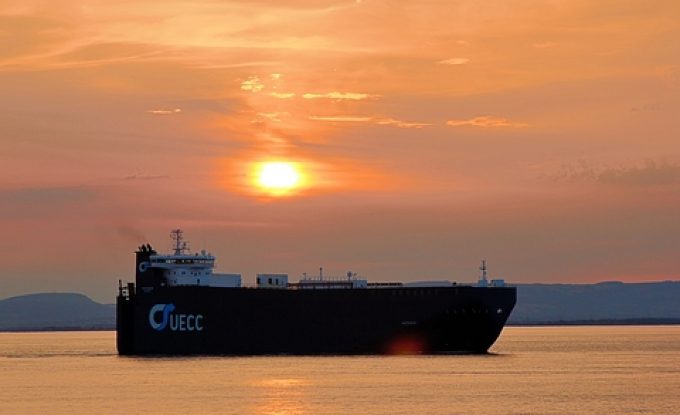NYK signs up for direct air carbon capture scheme
Direct Air Carbon Capture and Storage (DACCS), derided as one of the least efficient possible ...

Shipper concerns have been raised over the possible “inequitable distribution of EUA liabilities across the value chain”, under the new EU ETS rules, according to UECC energy and sustainability manager Daniel Gent.
“A cargo owner has every right to expect to pay for emissions generated as ...
MSC switches two more Asia-Europe port calls from congested Antwerp
Canada and Mexico get cosy with trade plan to bypass US
Front-loading frenzy has made traditional H2 peak season 'unlikely'
Tradelanes: Export boom in Indian sub-continent triggers rise in airfreight rates
Carriers introduce surcharges as congestion builds at African ports
Mexican airport modernisation plan unlikely to boost cargo facilities
Tradelanes: Overcapacity on Asia-S America impacting alliances and rates
Ports and supply chain operators weigh in on funding for CPB

Comment on this article